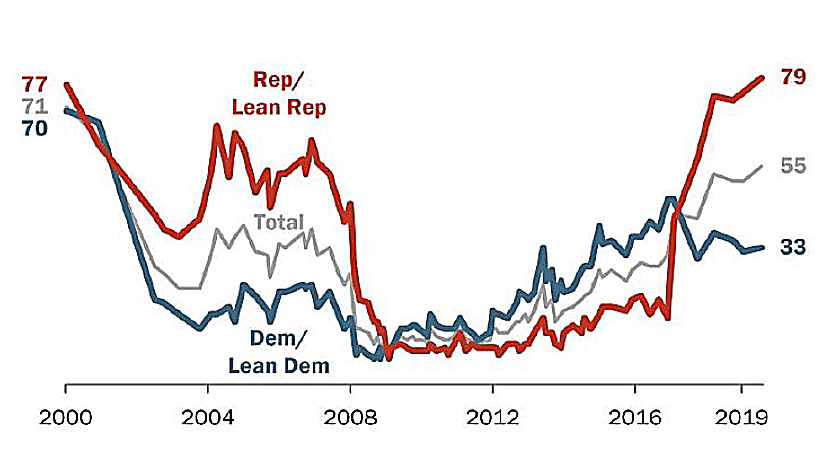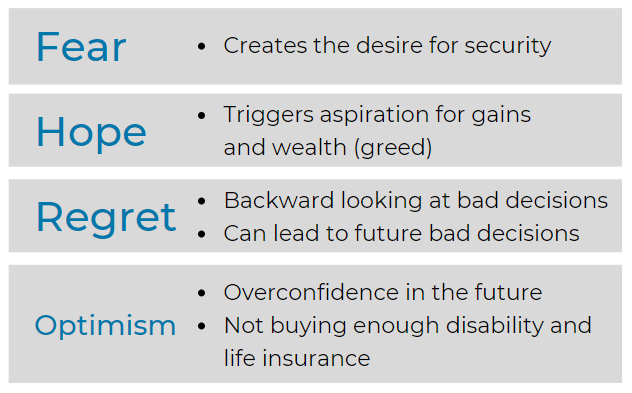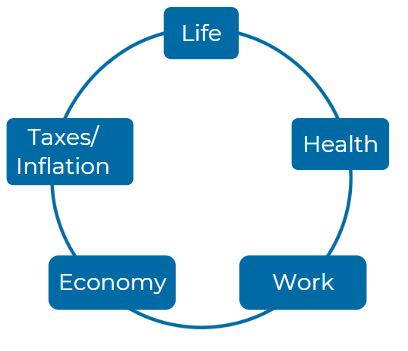Healthcare Provider Update: Healthcare Provider Information for Chevron Chevron, a prominent energy corporation, generally offers health insurance plans through various providers to its employees, one of the major ones being Aetna. Aetna provides comprehensive healthcare benefits, covering medical, dental, and vision options tailored to meet the diverse needs of Chevron's workforce. Potential Healthcare Cost Increases in 2026 In 2026, healthcare costs are anticipated to soar, driven primarily by record premium hikes in the Affordable Care Act (ACA) marketplace. With several states reporting proposed increases of over 60%, consumers could see their out-of-pocket premiums rise by more than 75% if enhanced federal subsidies are not extended. Factors contributing to these surges include soaring medical expenses, projected annual "medical trend" increases of 7-10%, and aggressive rate hikes from major insurers like UnitedHealthcare and Anthem. This situation heralds a significant financial challenge for many consumers as they navigate a complex landscape of escalating healthcare costs. Click here to learn more
Featured Video
Articles you may find interesting:
- Corporate Employees: 8 Factors When Choosing a Mutual Fund
- Use of Escrow Accounts: Divorce
- Medicare Open Enrollment for Corporate Employees: Cost Changes in 2024!
- Stages of Retirement for Corporate Employees
- 7 Things to Consider Before Leaving Your Company
- How Are Workers Impacted by Inflation & Rising Interest Rates?
- Lump-Sum vs Annuity and Rising Interest Rates
- Internal Revenue Code Section 409A (Governing Nonqualified Deferred Compensation Plans)
- Corporate Employees: Do NOT Believe These 6 Retirement Myths!
- 401K, Social Security, Pension – How to Maximize Your Options
- Have You Looked at Your 401(k) Plan Recently?
- 11 Questions You Should Ask Yourself When Planning for Retirement
- Worst Month of Layoffs In Over a Year!
- Corporate Employees: 8 Factors When Choosing a Mutual Fund
- Use of Escrow Accounts: Divorce
- Medicare Open Enrollment for Corporate Employees: Cost Changes in 2024!
- Stages of Retirement for Corporate Employees
- 7 Things to Consider Before Leaving Your Company
- How Are Workers Impacted by Inflation & Rising Interest Rates?
- Lump-Sum vs Annuity and Rising Interest Rates
- Internal Revenue Code Section 409A (Governing Nonqualified Deferred Compensation Plans)
- Corporate Employees: Do NOT Believe These 6 Retirement Myths!
- 401K, Social Security, Pension – How to Maximize Your Options
- Have You Looked at Your 401(k) Plan Recently?
- 11 Questions You Should Ask Yourself When Planning for Retirement
- Worst Month of Layoffs In Over a Year!
U.S. Initial Jobless Claims, Per Week

Total U.S. Nonfarm Payrolls

GDP Annualized Growth Rate

During the last 75.75 years (since 1945) there have been 190 declines of 5% or greater.

Sources: Standard & Poor’s Corporation; Copyright 2020 Crandall, Pierce & Company
The Market's Reaction to a Financial Crisis
Cumulative total return of a balanced strategy: 60% stocks, 40% bonds

Indices are not available for direct investment. Their performance does not reflect the expenses associated with the management of an actual portfolio. Past performance is not a guarantee of future results. Not to be construed as investment advice. Returns of model portfolios are based on back-tested model allocation mixes designed with the benefit of hindsight and do not represent actual investment performance. See the “Balanced Strategy Disclosure and Index Descriptions” pages in the Appendix for additional information.


data-hs-cos-general-type='widget' data-hs-cos-type='module'>
Consider these five Elements:
How does Chevron Phillips Chemical determine an employee's eligibility for retirement benefits, and what factors contribute to this determination? In your response, consider aspects such as age, years of service, and any specific milestones that the company factors into its retirement policy.
Eligibility for Retirement Benefits: Employees of Chevron Phillips Chemical become eligible for retirement benefits if they are regular employees scheduled to work at least 20 hours per week. Eligibility starts from the first day of employment. Retirement benefits accrue based on factors including age, years of service, and specific milestones like reaching Normal Retirement Age, which is age 65 or completion of three years of Vesting Service, whichever is later.
What are the various payment options available to employees when they retire from Chevron Phillips Chemical, and how do these options cater to different financial needs? Discuss the implications of choosing an annuity versus a lump-sum payment and the impact these decisions may have on an employee's financial planning during retirement.
Payment Options Available at Retirement: Chevron Phillips Chemical offers various payment options for retirement benefits, including lifetime monthly annuities and lump-sum payments. The choice between these options affects financial planning, as annuities provide a steady income while a lump-sum can be invested differently but comes with different tax implications and management responsibilities.
In the event of untimely death before retirement, what retirement benefits are available to the surviving spouse or beneficiaries of a Chevron Phillips Chemical employee? Explain the conditions under which these benefits are payable and how they align with the company’s policy objectives for retirement planning.
Benefits for Surviving Spouses or Beneficiaries: In the event of an employee's untimely death before retirement, the surviving spouse or beneficiaries are eligible for benefits under the terms of the plan. The company provides options for continued income for a spouse or other beneficiary, ensuring financial support aligns with the company’s policy objectives for family protection and retirement planning.
Chevron Phillips Chemical employees often face questions regarding early retirement. What criteria must be met to qualify for early retirement benefits, and how does the early retirement factor affect the overall benefit amount? Delve into the calculations and adjustments made for employees who opt for early retirement.
Early Retirement Criteria and Benefits: To qualify for early retirement, Chevron Phillips Chemical employees must be at least 55 years old with 10 years of Vesting Service or have completed 25 years of Vesting Service regardless of age. Early retirement benefits are adjusted based on the age at retirement and the distance from Normal Retirement Age, with specific reductions applied for each year benefits are taken before age 62.
As employees approach retirement age, understanding the process and necessary steps to receive retirement benefits is crucial. Can you outline the application process for claiming retirement benefits at Chevron Phillips Chemical, including key timelines and documentation required from employees?
Application Process for Retirement Benefits: The process for claiming retirement benefits involves contacting the Chevron Phillips Pension and Savings Service Center or accessing the Fidelity NetBenefits website. Key timelines include submitting an application 30 to 180 days before the desired retirement date, with required documentation such as employment verification and personal identification.
The retirement benefits at Chevron Phillips Chemical appear complex and multifaceted. How does the company ensure employees understand their retirement planning options, and what resources are available for employees to seek assistance or clarification about their retirement plans?
Understanding Retirement Planning Options: Chevron Phillips Chemical ensures that employees understand their retirement planning options through resources like the company’s benefits website, informational sessions, and one-on-one consultations with benefits advisors. This support helps employees make informed decisions about their retirement options.
How does the Chevron Phillips Chemical retirement plan integrate with Social Security benefits, and what considerations should employees bear in mind when planning their overall retirement income strategy? Discuss any supplemental benefits or adjustments available for employees who want to maximize their retirement income.
Integration with Social Security Benefits: The retirement plan is designed to complement Social Security benefits, which employees need to consider in their overall retirement income strategy. The plan may include supplemental benefits that adjust based on Social Security payouts, offering a coordinated approach to maximize retirement income.
Considering the varying forms of benefits accrued over years of service, how does Chevron Phillips Chemical calculate final retirement benefits? Focus on the role of eligible compensation and service time in determining the overall benefit, including specific formulas or examples that illustrate this processing.
Calculation of Final Retirement Benefits: Final retirement benefits at Chevron Phillips Chemical are calculated based on eligible compensation and years of Benefit Service. The plan includes formulas like the Stable Value Formula and the Traditional Retirement Plan Formula, which consider different elements of compensation and service duration.
What is the policy of Chevron Phillips Chemical regarding vesting service, and how does it impact employees' rights to their retirement benefits? Elaborate on the significance of vesting service in the broader context of employee retention and long-term planning.
Policy on Vesting Service: Vesting Service at Chevron Phillips Chemical is crucial for establishing an employee’s right to retirement benefits. Employees are vested after three years of service, which grants them a nonforfeitable right to benefits accrued up to that point, enhancing retention and long-term financial security.
For employees seeking additional information about their retirement plans or benefits, what is the most effective way to contact Chevron Phillips Chemical? Identify the channels through which employees can obtain further assistance and clarify whom they should reach out to for specific queries related to their retirement planning documentation.
Contact Channels for Further Information: Employees seeking more information about their retirement plans or needing specific assistance can contact the Chevron Phillips Pension and Savings Service Center. This center provides detailed support and access to personal benefit information, facilitating effective retirement planning.
/General/General%207.png?width=1280&height=853&name=General%207.png)



















-2.png?width=300&height=200&name=office-builing-main-lobby%20(52)-2.png)









.webp?width=300&height=200&name=office-builing-main-lobby%20(27).webp)


-2.png)









.webp)